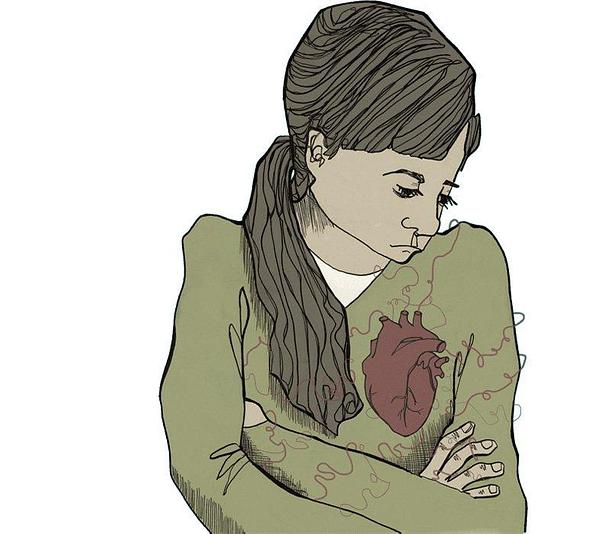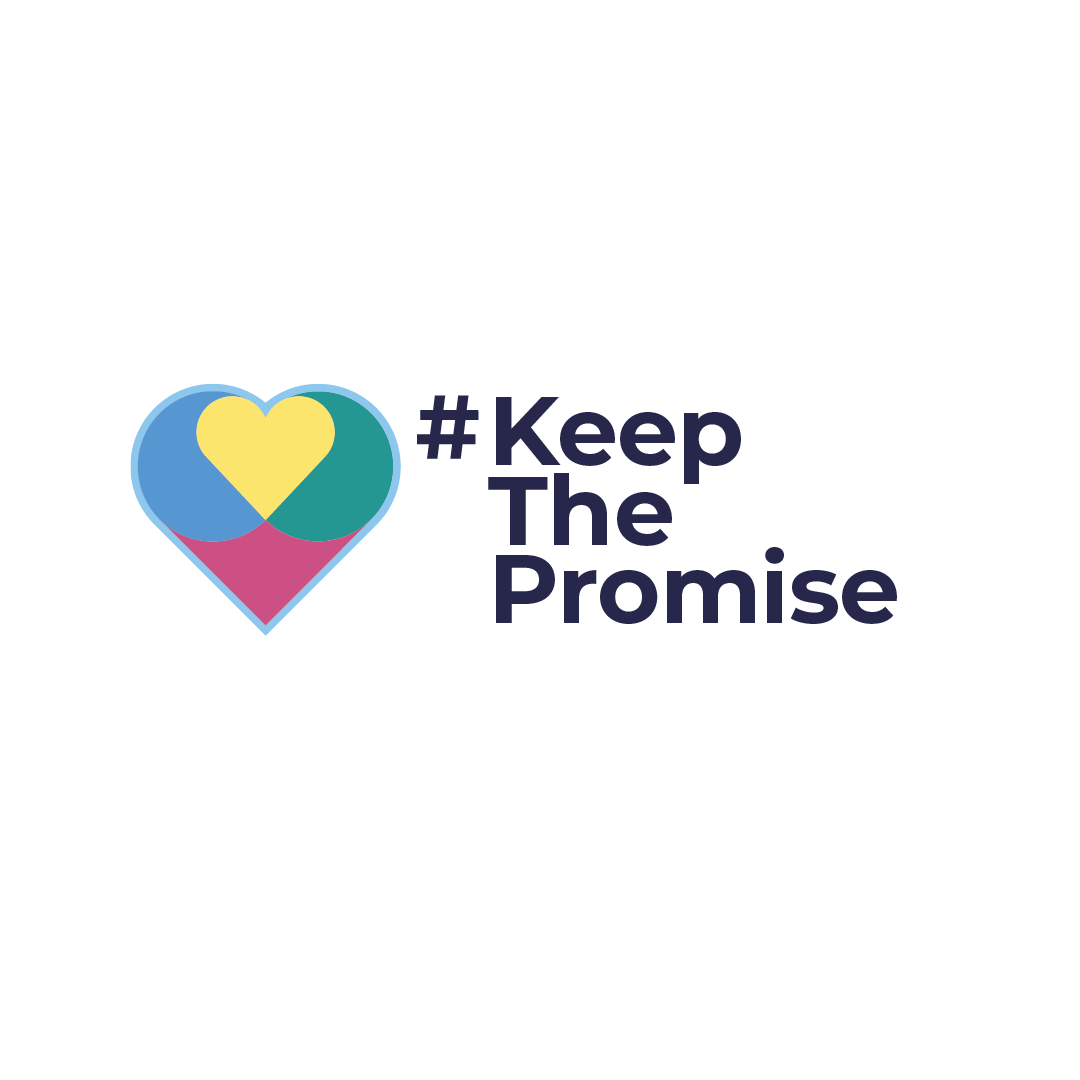Children's Mental Health Week: Family Matters
For Children's Mental Health Week, Cyrenians Senior Mediator Alan Jeffrey blogs about the 'toolset of principles' that can help a mediator work with families whose young people's health is fragile.

“Like father, like son”
“The family that prays together, stays together”
“Home is where the heart is”
“You can choose your friends, but you can’t choose your family”
“Family is forever”
“Treat your family like friends, and your friends like family”
“All happy families are alike; each unhappy family is unhappy in its own way.”
“Nothing is more important than family”
The problem with family is that almost everyone has had one. Which makes almost everyone an expert.
It is easy to fall prey to the bias of false consensus wherein we assume, not necessarily correctly, that there is such a thing as the ‘typical family’ and that this ‘typical family’ mirrors our own in terms of dynamics, values and the correct way of handling conflict at home. This bias can lead us to offer advice and support to others in times of crisis, that are relevant to our own experiences but don’t necessarily translate to a family with different values, cultural practice and history.
Paradoxically, most of us simultaneously understand that all families aren’t the same and what constitutes normal is dictated by many factors including geography, family structure and socio-economic status…we just don’t spend much time thinking about it. Instead we fall back on the mental heuristic of assuming behind the walls of most homes, something reflecting our own experience is playing out, rather than thinking about, and listening to, what makes that family unique and different from our own.
Those of us working engaging with families in mediation settings, be that in divorce and separation, or other disciplines such as homelessness mediation, really do need to think about it. There is a need to embrace each family’s distinct dynamic for fear of leading them down a path that their shoes weren’t made to tread. Luckily, family mediators are equipped with a toolset of principles that can be leaned on to ensure this can happen:
- Non-Judgemental
A mediator’s non-judgemental approach allows us to note where our own assumptions and biases are affecting how we interact with the families we work with. In acknowledging these judgements, we can identify where our personal circumstances are colouring our judgement, as opposed to following the parties’ lead, remaining open-minded and focused to what we are receiving, rather than what we ourselves are bringing.
- Impartiality
A mediator may sub-consciously (or consciously!) agree with one party over the other, perhaps falling prey to the ‘in-group bias’ where we recognise ourselves in, and thus feel more favourably towards, one of the parties than the other. The foundational mediation concept of impartiality rescues the mediator from this trap by encouraging the mediator to ensure they are giving both parties equal time and opportunity to express their diverse beliefs, opinions and perspective.
- Co-mediation
Whilst not always the case, many mediation services operate in a co-mediation model whereby mediators work in partnership offering two sets of eyes and ears, two complimentary but distinct perspectives and two different knowledge bases. This plurality of experience can support the minimising of bias in any one direction and facilitate mediator accountability, should their own prejudices become evident in the process.
ON THE OTHER HAND
None of this is to say that there aren’t evidence-based assumptions that we can’t use to improve our practice, as long as we don’t lose sight of the unique dynamics of individual families and anchor ourselves to judgement that may have already been dispelled. Examples of some evidenced patterns in family dynamics which may be common and useful for the family mediator to keep in mind include:
- Younger family members tend to be disadvantaged in negotiation[1]
In studies where, successful control of the television remote by siblings was examined, it was very common that the younger of the children was often pushed aside and less successful than their older siblings. ‘Older children, if without parental regulation, mostly dominated the device control and project creativity, marginalizing their younger sibling’s opportunities to contribute’[2]
For practitioners, mediator or other, working directly with whole-families, this information can remind us to ensure equity of voice amongst all family members.
- Everyone has an identity
Whilst there is such a thing as a “Family Identity” influenced by culture, religion and other factors, it is important to remember that each individual family member retain their own identity. A 2008 study on 93 families[3] (particular focus given to Mother-Daughter relationships) found that the conflict management styles of those within the family may differ, exacerbating conflict:
One of the main findings of the research is that family members perceive interaction within the family differently. This can be an important source of conflict in the family. How a family deals with conflict depends on the competence of the family system, which also represents the foundation for the healthy psychosocial development of the adolescent. Both parents and their psychosocial development also play important, but different roles in their daughter’s psychosocial and identity development.[4]
In-fact, not only do individual family members have distinct identities within the family unit, creating different conflict management styles, it would seem that family members become the most vocal when they are defending that unique identity, ‘While family members experienced give and take throughout their co-making processes, family members, especially children, exerted themselves the most when it came to representations of their identities’.[5]
- Family dynamics have a significant impact on health and wellbeing
The correlation between healthy family dynamics and positive health outcomes, is well documented and most who work with families directly will be aware of the term ACEs:
Family dynamics play a significant role in health outcomes and merit attention in clinical settings. Unhealthy family dynamics can cause children to experience trauma and stress as they grow up. This type of exposure, famously known as adverse childhood experiences (ACEs), is linked to an increased risk of developing physical and mental health problems. Specifically, ACEs increase an individual’s risk of developing heart, lung, or liver disease, depression, anxiety, and more.[6]
This prompts the family worker to prioritize early intervention in cases where unhealthy family dynamics are evident. However, defining healthy family dynamics can be elusive and susceptible to bias and prejudice, especially if the mediator's own family dynamic is implicitly considered the epitome of health.
An evidence-based perspective on healthy family dynamics, contributing to improved health outcomes…Some researchers have identified individuation, mutuality, flexibility, stability, clear communication, and role reciprocity as the primary factors contributing to healthy family dynamics. In particular, mutuality, a shared feeling of cohesion and warmth, has been identified as the most vital contributing factor.[7]
A DELICATE BALANCE
A happy family is one where the home is formed according to the reality of those that dwell in it, and not according to what a home should look like and how a family should behave.[8]
The family mediator, along with other similar practitioners, must navigate the delicate balance between acknowledging diverse definitions of a healthy, happy family and recognizing evidence-based commonalities crucial for the well-being of individuals within a family setting, particularly in conflict scenarios.
Understanding that unhealthy family dynamics can significantly impact children's health outcomes underscores the importance of prioritizing early intervention. Recognizing that younger children in families may struggle more in negotiation, yet retain their own sense of identity within the family unit forms the basis for the practitioner's responsibility to ensure the voices of children and young people are heard, as appropriate.
Fortunately, mediation as a practice, and the mediators themselves, are well-positioned to strike this balance. Through their use of impartiality, neutrality, collaborative working practices, and active listening, mediators avoid introducing biases and prejudice into the space. Instead, through strategic working approaches, they create an environment that celebrates the diversity and unique identity of individual families.
Alan Jeffrey is Senior Mediator at Cyrenians. His blog Mongoose and Cobra can be found here.





